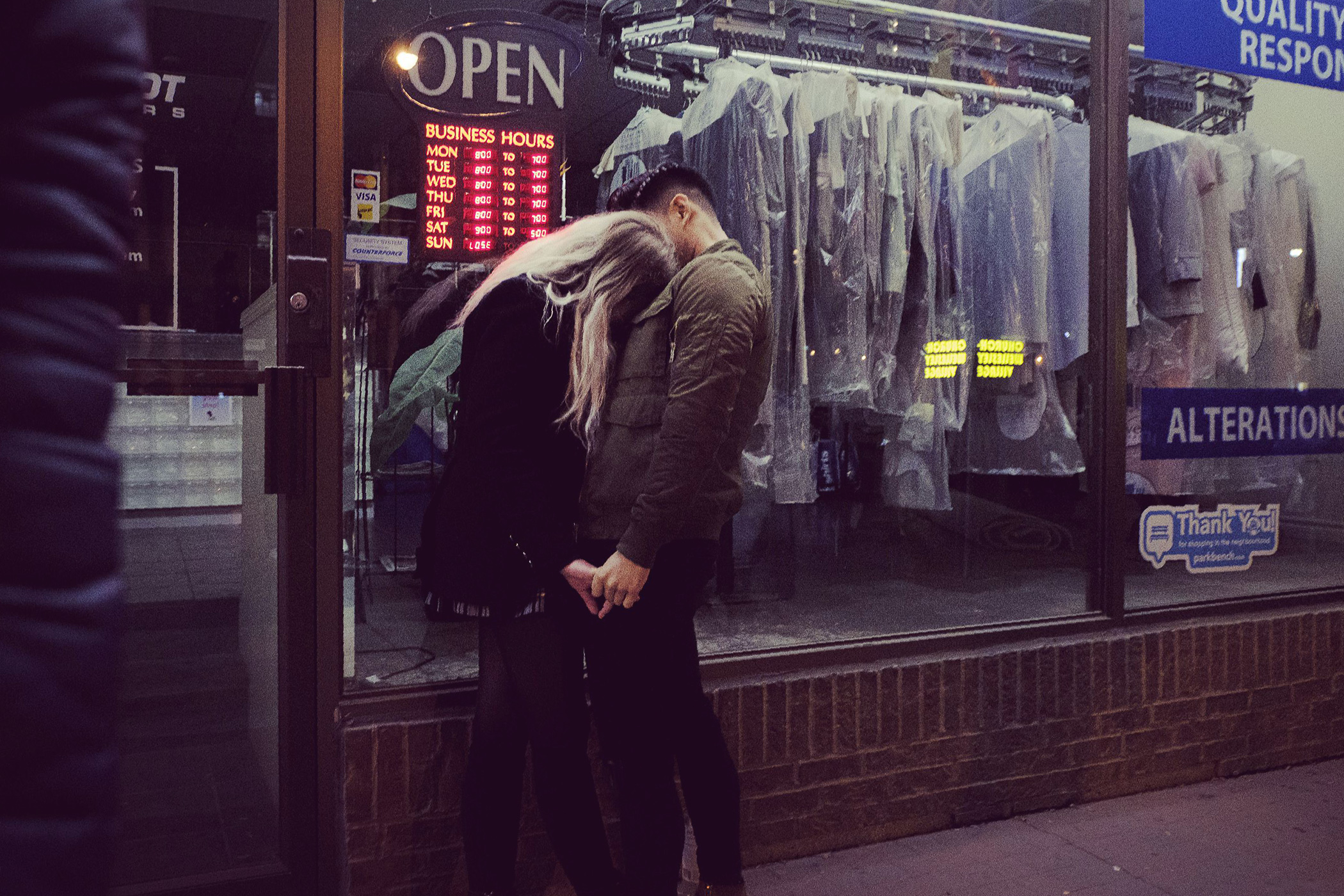
Street Photography

Street Photography By Farzad Abdollahi
The Definition of Street Photography
Shooting people candidly in a public setting to create extraordinary images from ordinary life is called street photography. It falls under the fine art category.
So, what is the difference between documentary and street photography?
Documentary Photography:
In documentary photography, the people and animals in front of your lens make the story, and you, as the narrator, polish and enrich it using your critical thinking and image-making skills. Depending on your project’s purpose, you may or may not notify your subjects.
Street Photography:
In street photography, the streets are your scene, the Sun and artificial lights are your lighting setup, the people and animals in front of your lens are the actors, and you are the director. You tell your story using creative compositions, framings, and decisive moments.
Note: By “street,” we mean all kinds of public spaces where people protect themselves from strangers and communicate with them. Streets, bars, and cafes provide such atmospheres.
Note: Street photography comes in two distinctive modes: graphical (shape-based) and dramatic (interaction-based). Interactions between people, or between people and urban objects, often attract psychology and sociology lovers.
Note: Regular street photography is typically presented through single shots, while advanced street photography is often shown as series or photo books.
Given and Given Off:
People project a mix of conscious and unconscious behaviors in public, a combination of showing off, self-protection, oblivion, and interaction.
As a street photographer, you pull magical moments from people’s daily lives to share with art lovers, enjoying this endless game.
“As I always say, ‘A street photographer is a wanderer who turns cities into wonderlands.’”
Rules and Laws:
Wherever CCTV cameras are allowed, street photography is usually permitted unless otherwise stated (some countries, like Germany, have more restrictions). There’s always a distinction between immoral and illegal situations in street photography.
Camera Settings:
There are two types of capturing in street photography:
- Showing precisely frozen moments
- Showing pure movement and flow
Everything in between is often undesirable, so shutter speed plays a key role, whether freezing action or showing movement.
Recommended settings for most situations:
- Use Aperture Priority mode with customized Automatic ISO and Shutter Speed values: minimum 1/500s or 1/320s in daylight.
- Use f/4 to f/5.6 (f/1.4 to f/2.8 in low light).
- Adjust exposure compensation based on the brightness of the scene.
These settings, along with vantage points and camera orientation, help tell the desired story.
Keeping Safe When Taking Photos:
- Never forget to smile, even if there’s no reason for it.
- Hunt the moment, not the people.
- If people notice you, give them compliments after the shot. It makes them feel relaxed.
- Avoid making eye contact before and after shooting.
- Don’t lower the camera too quickly; keep it raised until the subject is gone.
- Dress well.
- Sometimes, acting slightly eccentric prevents people from complaining.
Archiving:
At the end, save and categorize your photos based on the mood you had on photography days. Sometimes, you may focus on minimalistic shots, quiet scenes, or dive into busy scenes.
Article by Farzad Abdollahi, a passionate photographer and storyteller with years of experience in street and documentary photography.
